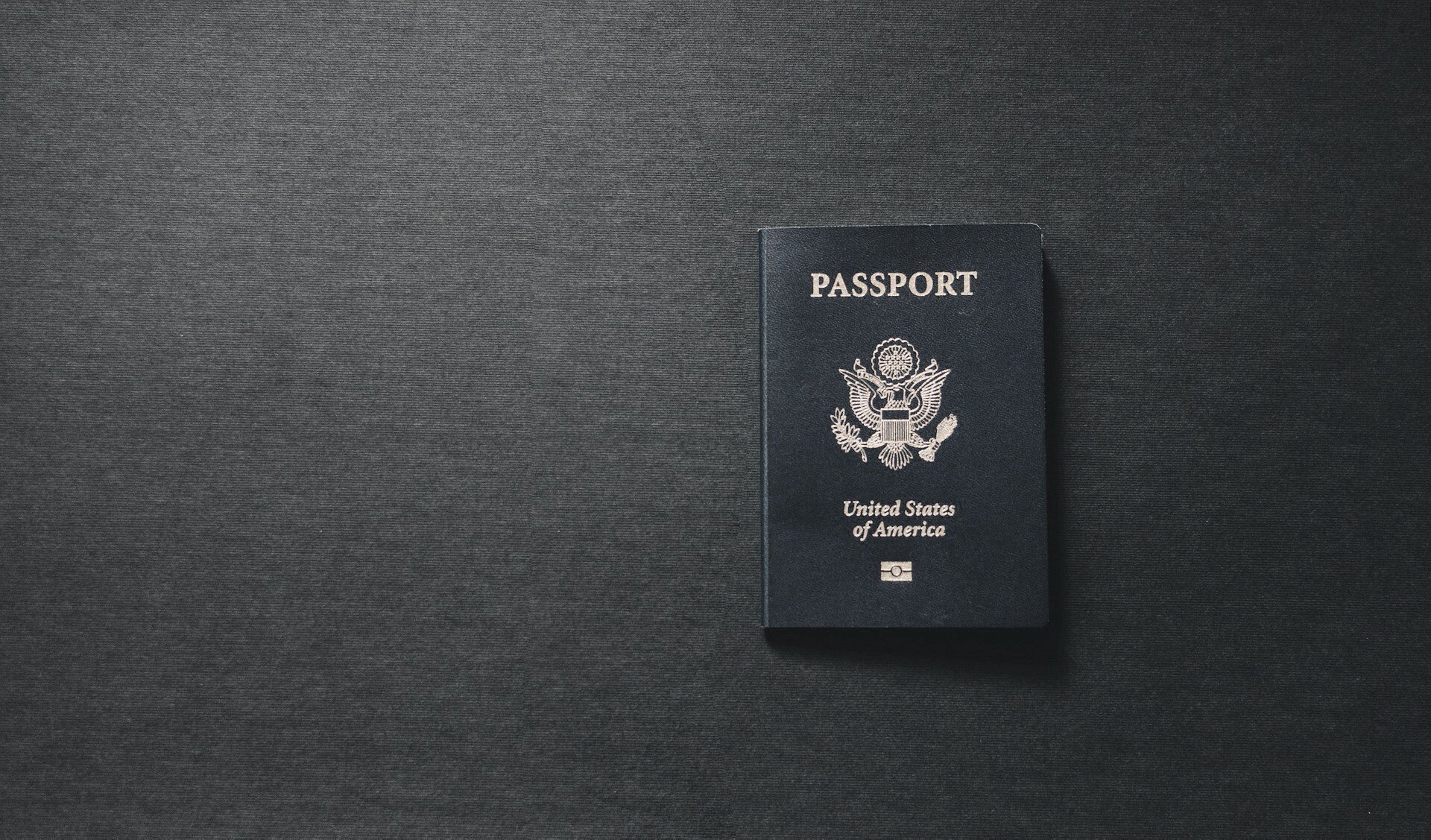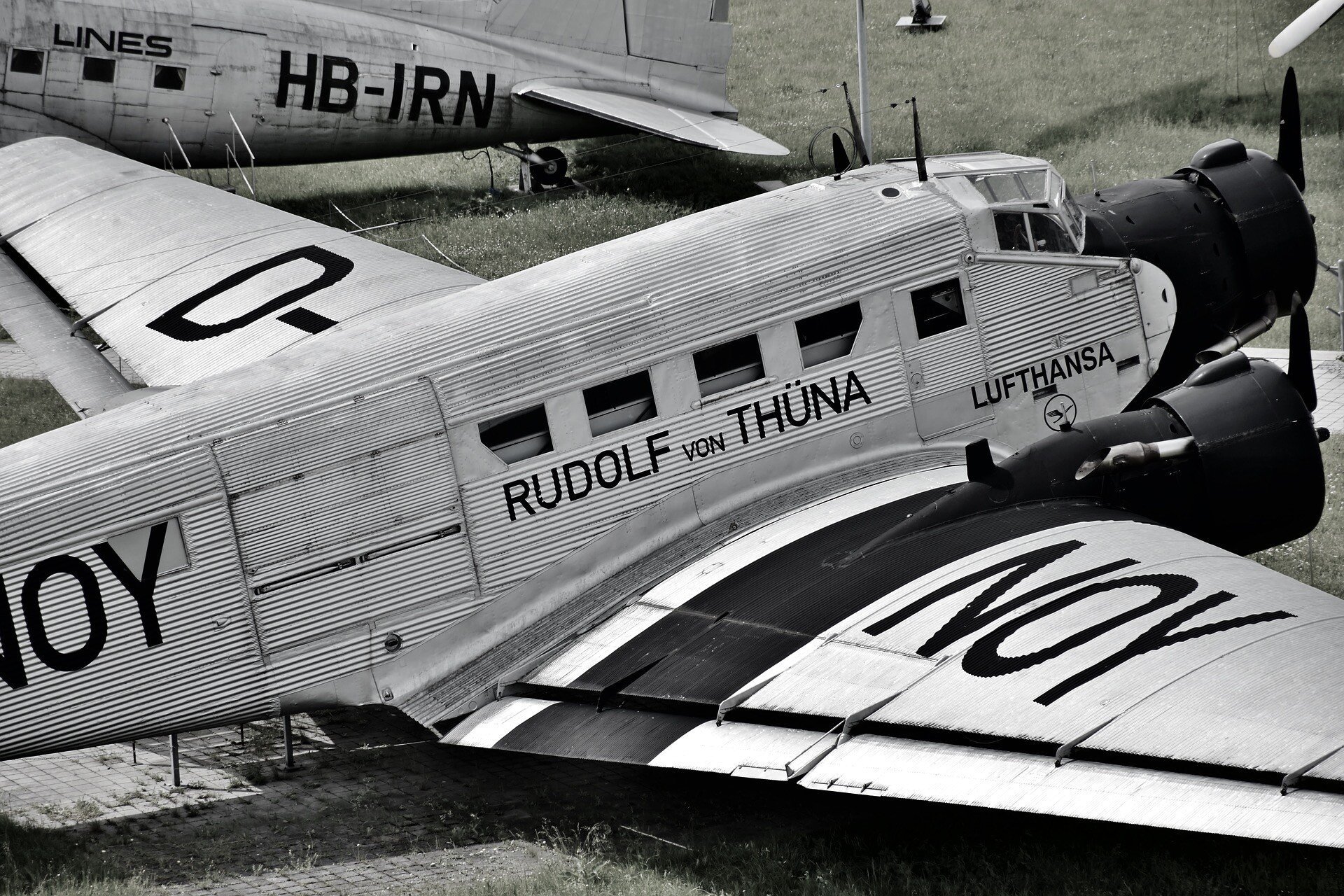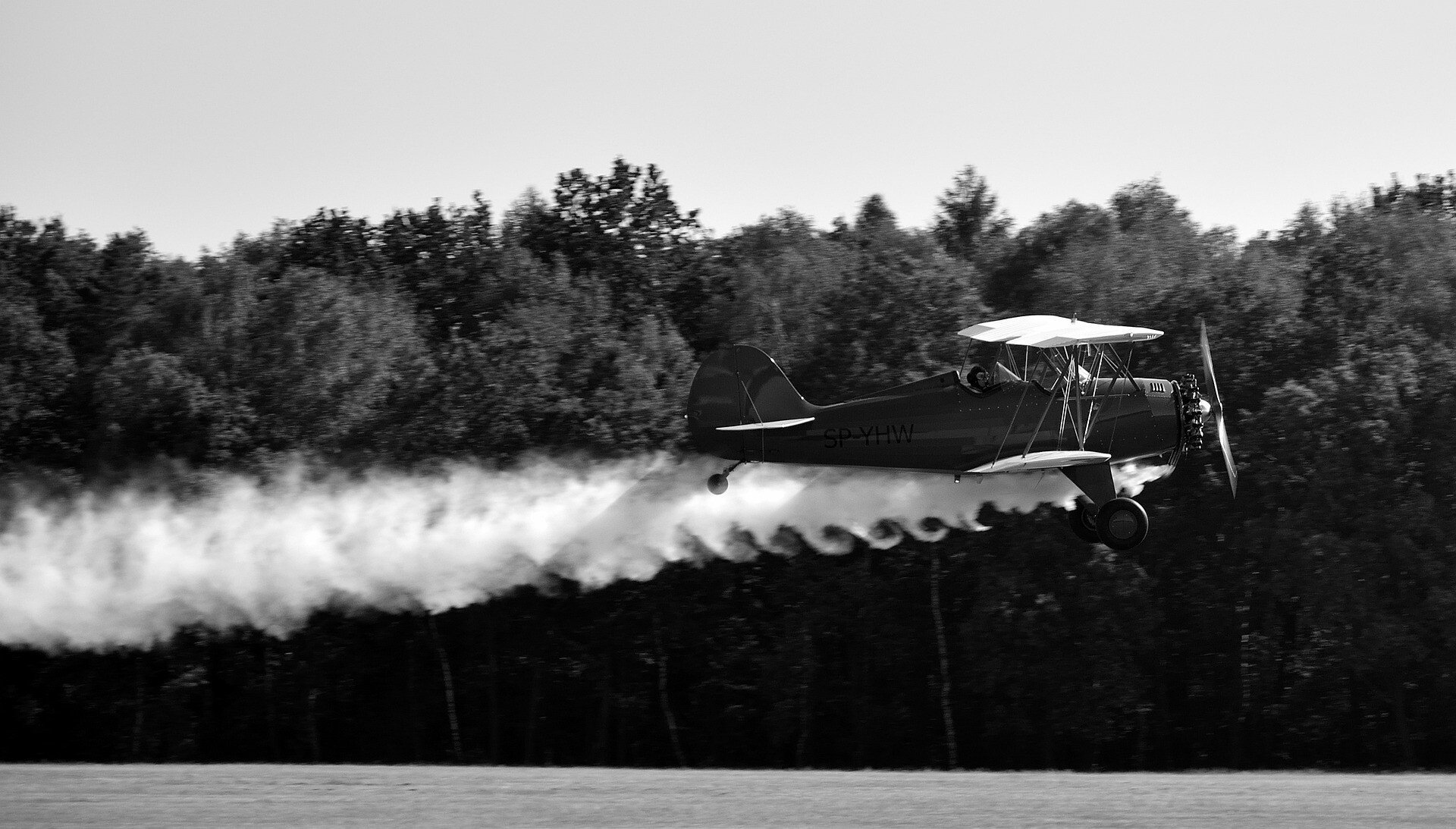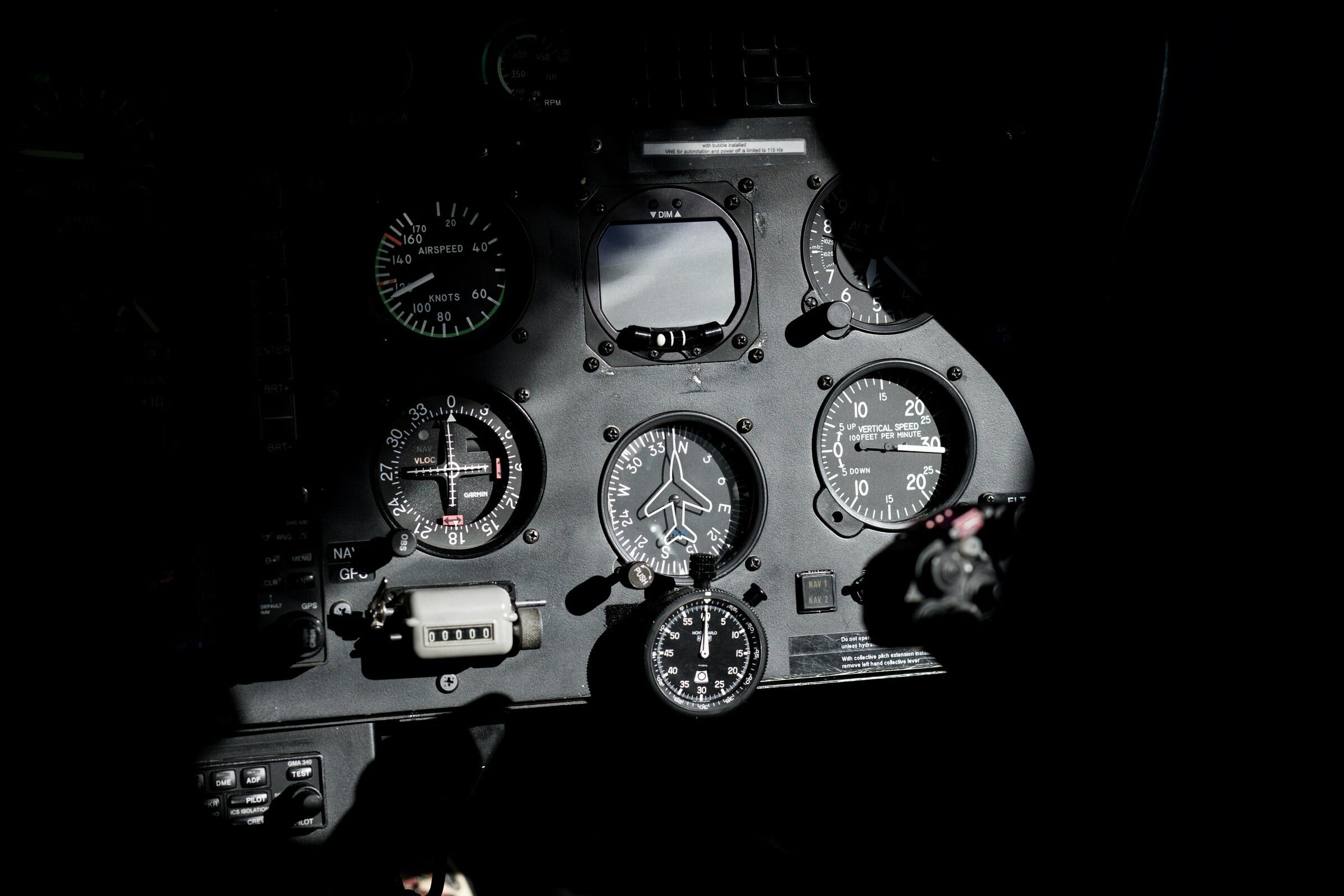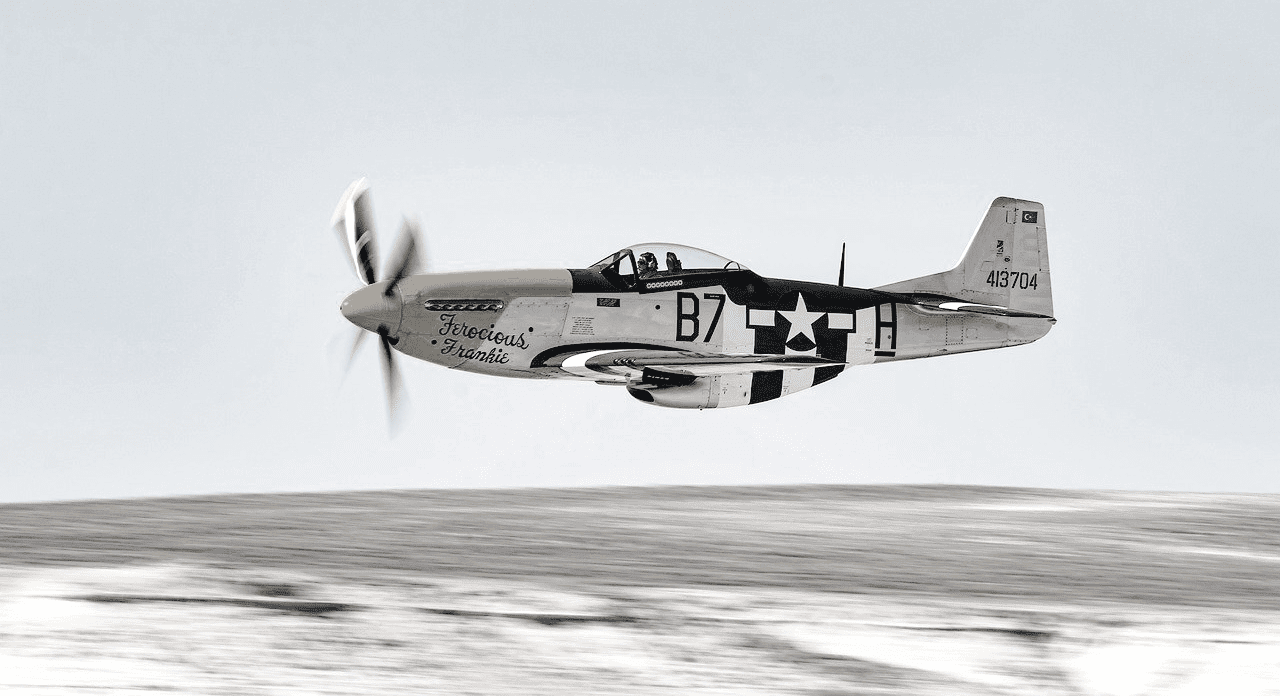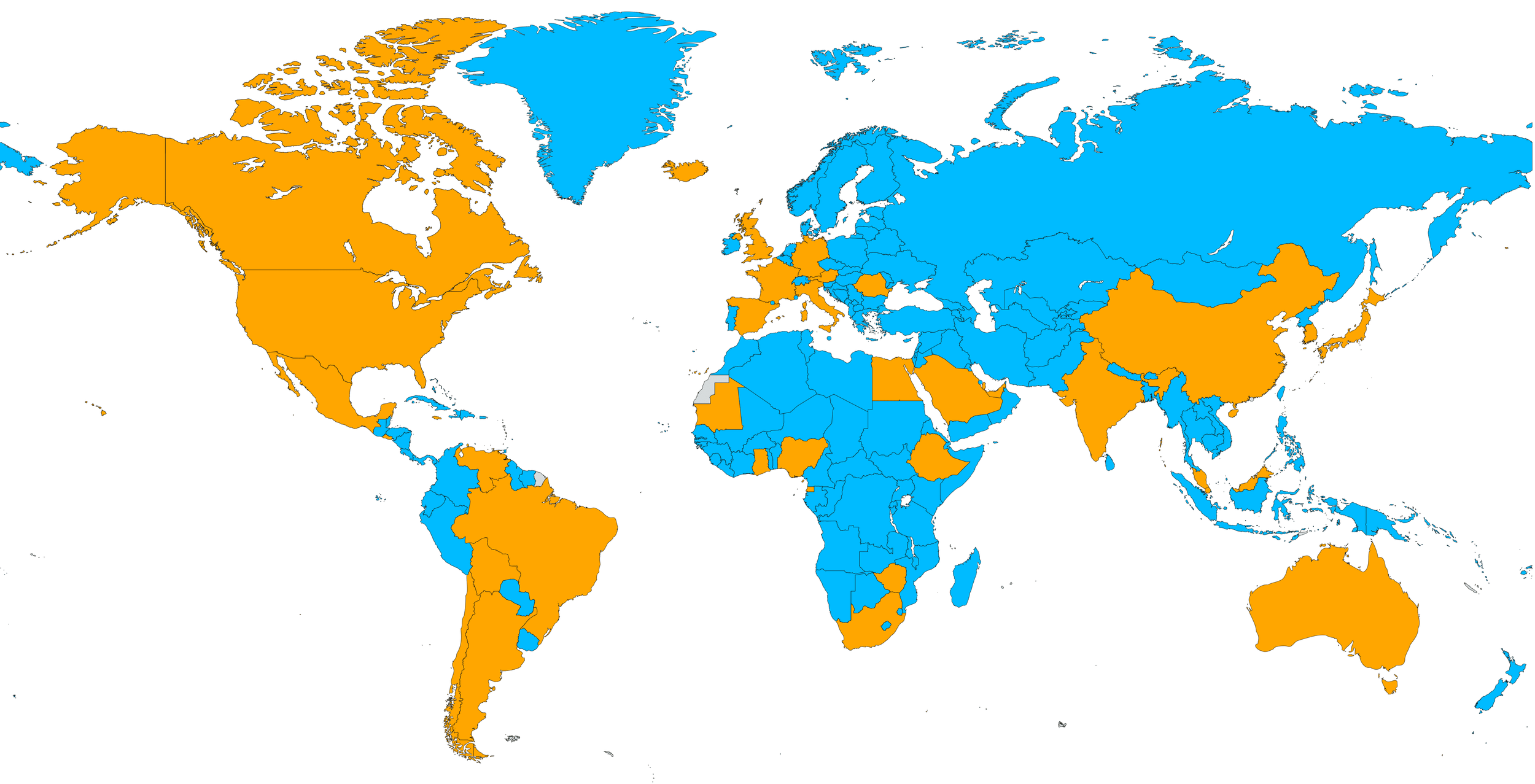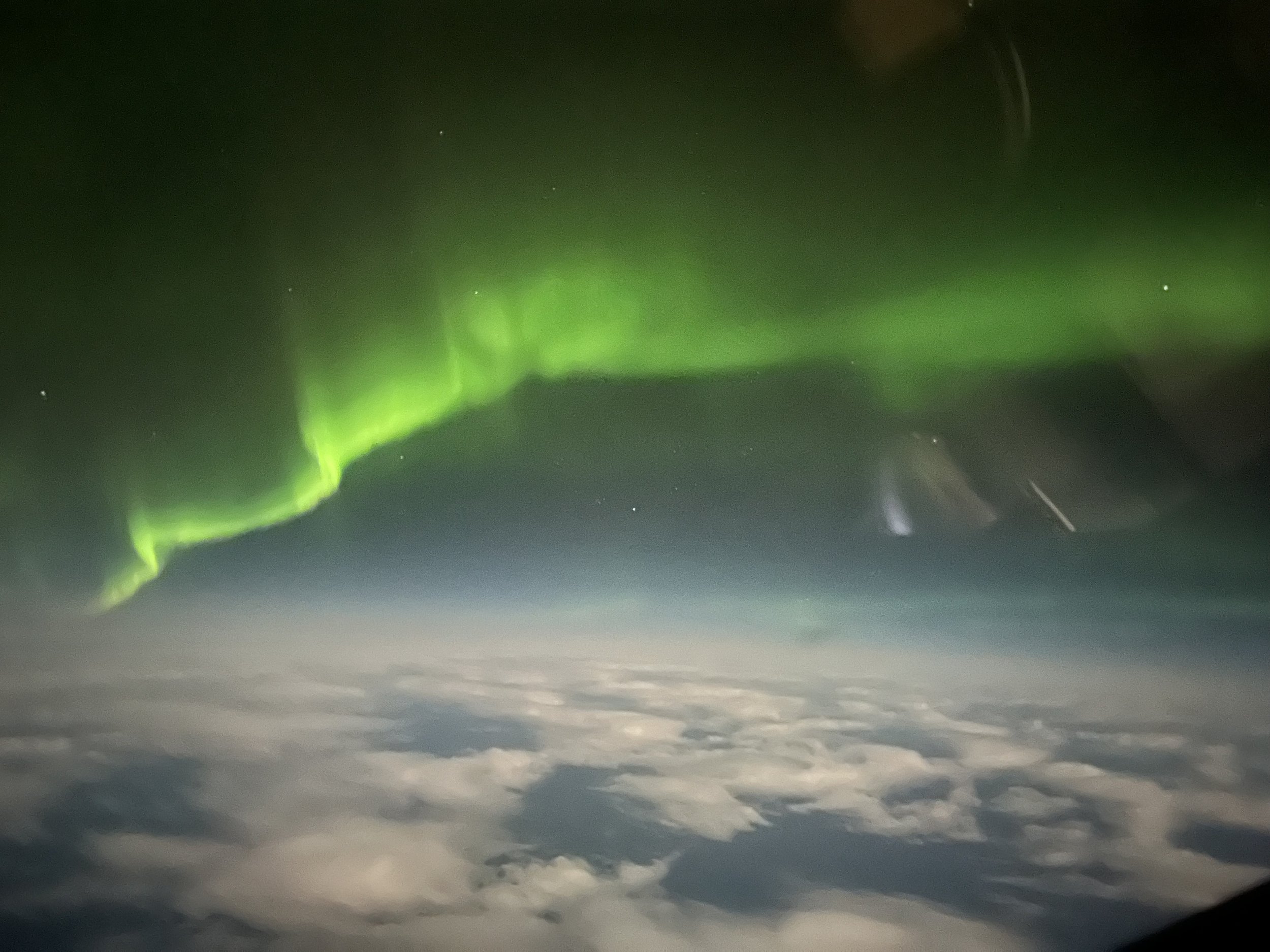
International
An international operations guide and a journey across the Atlantic to Europe.
-
I was two months into my new job, just upgraded to the left seat of a PC-12, and enjoying building and tinkering with a small flight department of my own. The boss and I were talking in the hangar before a flight one day and he dropped a bomb on me: we’re flying to Europe in June.
Are you serious? At first, I wasn’t sure if it was a pipe dream or a mission. Well, it was a mission, and the next four months preparing for the trip stretched me more as a pilot than anything else before.
At the time, I had ZERO international operational experience—not Canada, Mexico, the Caribbean, nothing. And my first trip would be crossing the Atlantic and flying around Europe. I was completely unqualified and didn’t even know where to start to get ready for this adventure.
This guide is born out of that experience. Starting from ground zero and leading you on the path to make a successful trip from the US, to Europe. The following 22 articles walk you through the necessary paperwork, required equipment, relevant resources, and beyond.
While they focus on crossing the North Atlantic and European Airspace from a US operator perspective, they also provide an excellent foundation for embarking on any international operations.
Paperwork
Check your ARROW docs, note the extra R, get a CBP decal, and maintenance log release.
You need your pilot license, medical, FCC restricted radio operator license, and passport to fly internationally. Depending on your operation and where you operate, you may need a crew badge, letters from your company, visas, and permits.
Aircraft engaged in international air navigation need a journey log. Get a customized and free Journey Log here.
All aircraft need a noise certificate or an exemption document when operating internationally. Complete one here.
Before taking that international trip, check your insurance policy for some highlights: liability limits, geographic limits, expiration dates, pilot training requirements, open pilot policy, and policy exemptions.
Equipment
Up-to-date navigation data and charts are a must wherever you fly. This includes data onboard aircraft avionics and electronic flight bags. Between Jeppesen and ForeFlight, you can obtain the necessary coverage; substitute Garmin as required.
For a Part 91 Atlantic crossing to Europe, at a bare minimum, you need one long-range navigation unit (LRNU, aka GPS), short-range navigation equipment (VOR, DME, ADF), VHF radio with 8.33 spacing and immunity, a Mode S transponder and 1090 ES ADS-B out installed in the aircraft. More equipment and paired authorizations unlock additional airspace.
A Part 91 operation’s guide to accurately complete an ICAO flight plan based on aircraft equipment and operational authorizations.
The US, Canada, Greenland, Iceland, and Europe require a long list of survival equipment for single-engine aircraft. Beyond regulation, consider satellite communication devices, a fire containment solution, and survival training courses.
North Atlantic Training
ICAO produces a lot of information about international operations. Start with ICAO Annex 2 and Annex 6 Part Two.
ICAO member states issue Aeronautical Information Publications (AIPs) to inform foreign operators how to fly in their territories legally. When researching a new country to fly into, the sections of high priority are…
Crossing the Atlantic outside of the NAT HLA can be accomplished between FL200 and FL280. Below FL200, you start to lose VHF communication and radar coverage. Above FL285 up to FL420 (the NAT HLA), additional navigation, communication, and surveillance equipment requirements and authorizations (LOAs) are needed to operate legally. Above FL420, the requirements start to drop off again.
Crossing the Atlantic along the Blue Spruce Routes has been regularly accomplished since WWI. As of March 2025, they no longer exist - technically. With this change, very few operators will be affected.
The North Atlantic Airspace has specific documentation and record-keeping requirements. Procedural differences for both normal and contingency operations make a NAT crossing unique from domestic operations. NAT Doc 007 is the primary source of information. Here is a summarized guide.
A Master Document is a detailed flight plan and a working record of your flight. It is required when crossing the NAT, verifies you're on track and burn, provides a backup dead-reckoning means of navigation, and is your primary evidence for showing an inquisitive inspector you know what you're doing over the ocean.
Europe
Once upon a time, all you needed was an ICAO flight plan and a general declaration. Now, advance notification with crew and passenger information is standard, but as you travel across the pond and into Europe, expect varied processes. Like the US, some countries have implemented their version of eAPIS, and more are in the works.
Flight planning and execution in Europe requires additional research and attention to detail. Knowing the differences ahead of time will give you a big leg up. Buckle up for a 30,000-ft, rapid-fire highlight-reel of differences between US and European operations.
The Ramp Inspection Program (RIP) is an EASA equivalent to an FAA ramp inspection. It is the way operators are monitored to ensure compliance with regulations. The 53-point inspection RIP is more invasive and detailed than what you’re used to. Knowing what is expected ahead of time and preparing properly will expedite the process.
Three Emissions Trading Schemes (ETS) are operational in Europe (EU, UK, and Swiss). In parallel, ICAO's Carbon Offsetting and Reduction Scheme for International Aviation (CORSIA) has the same aim: reduce emissions. Once you cross certain emissions thresholds, emissions credits are due.
Last Things
Crossing the Atlantic is an incremental addition of risk to your operation. Decide beforehand on your acceptable level of risk. Mine is an aircraft that is turbine-powered, pressurized, has anti-ice capabilities, and has no ferry tanks. YMMV.
Fatigue is the real danger on a sustained mission. Arm yourself with a plan to combat fatigue beforehand.
Part checklist, part walk-through, this tabletop exercise provides a comprehensive summary of all trip preparation and execution for a trans-Atlantic mission.
Our trip will be tailored for two operations: a PC-12 along the former Blue Spruce Routes and a G600 flying non-stop. Both operations are conducted under Part 91 regulations and will utilize Foreflight Dispatch with Active Navlog and an international trip support handler, flying from KDAL to EDDF.



